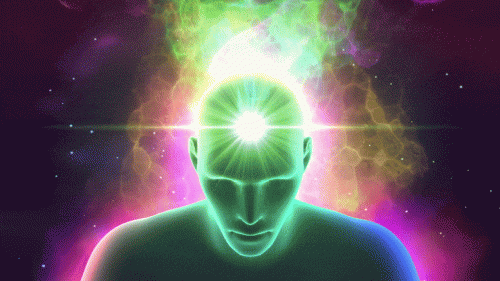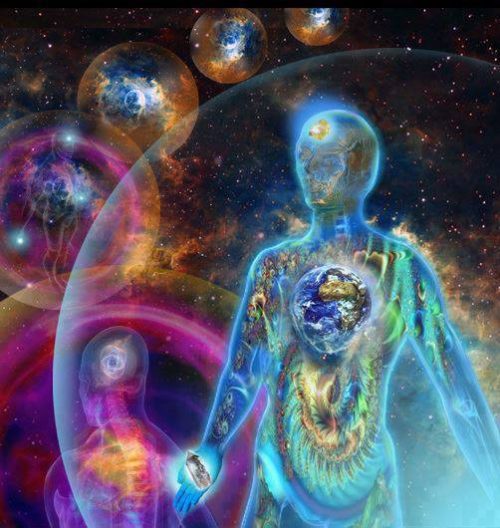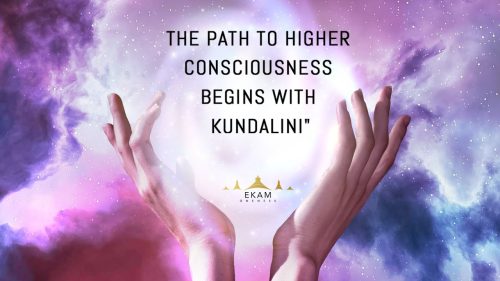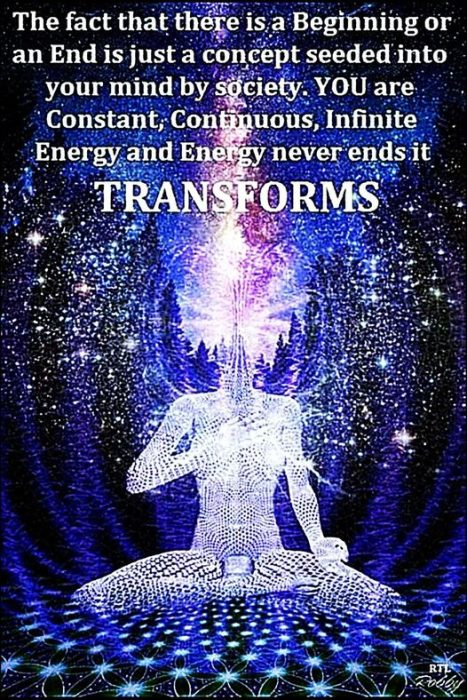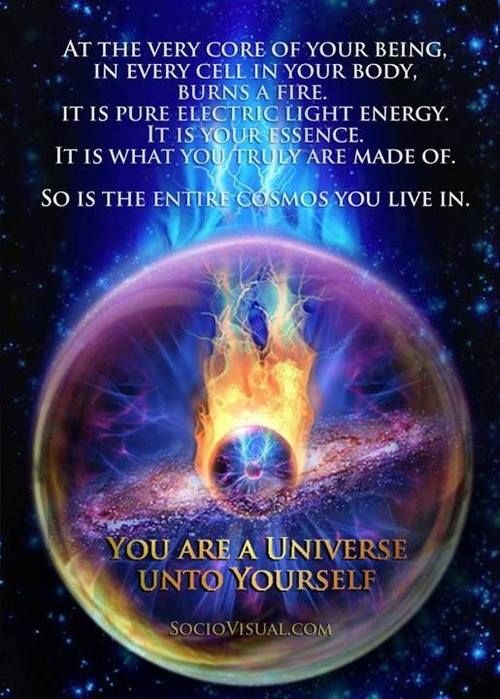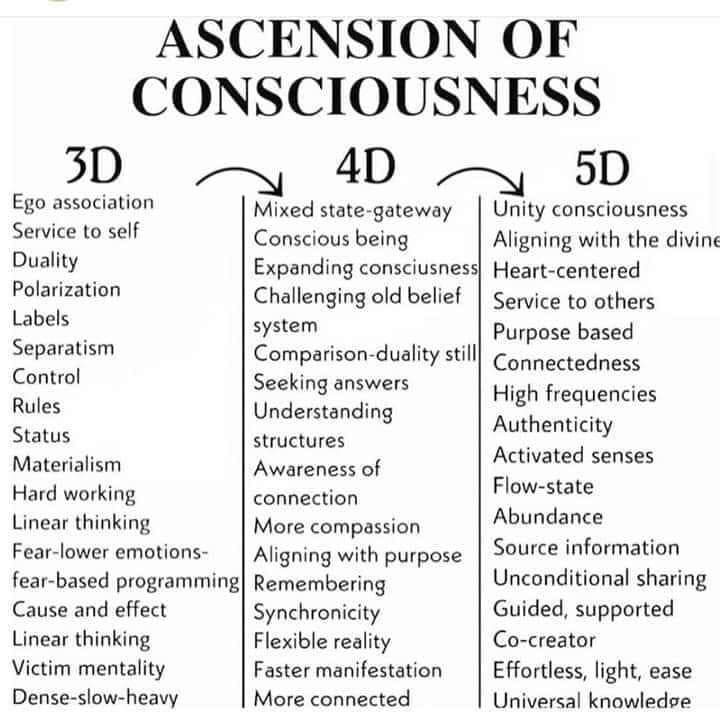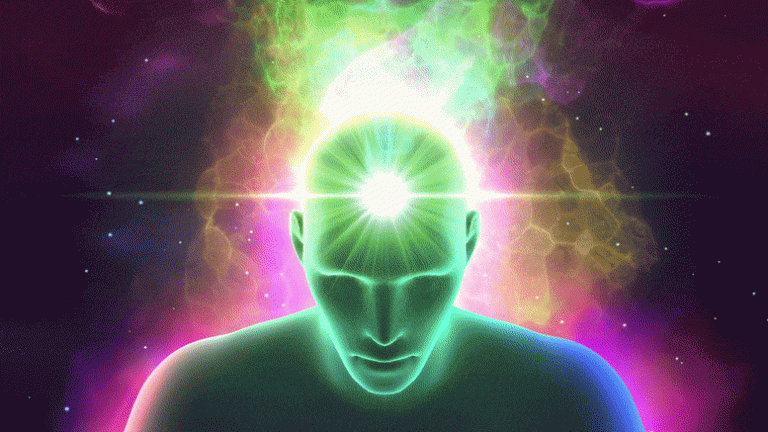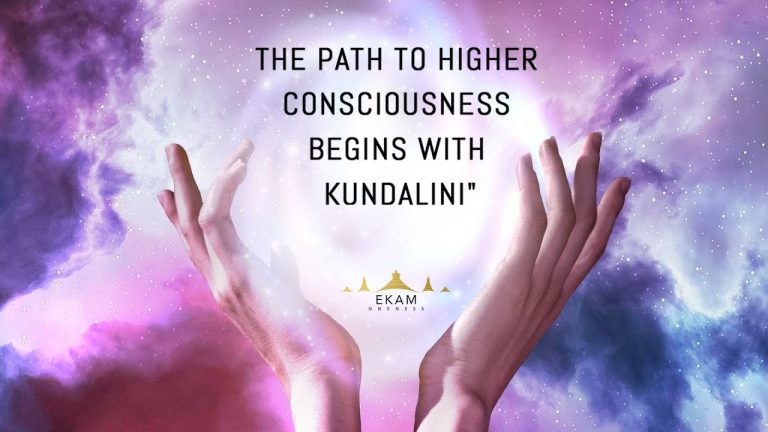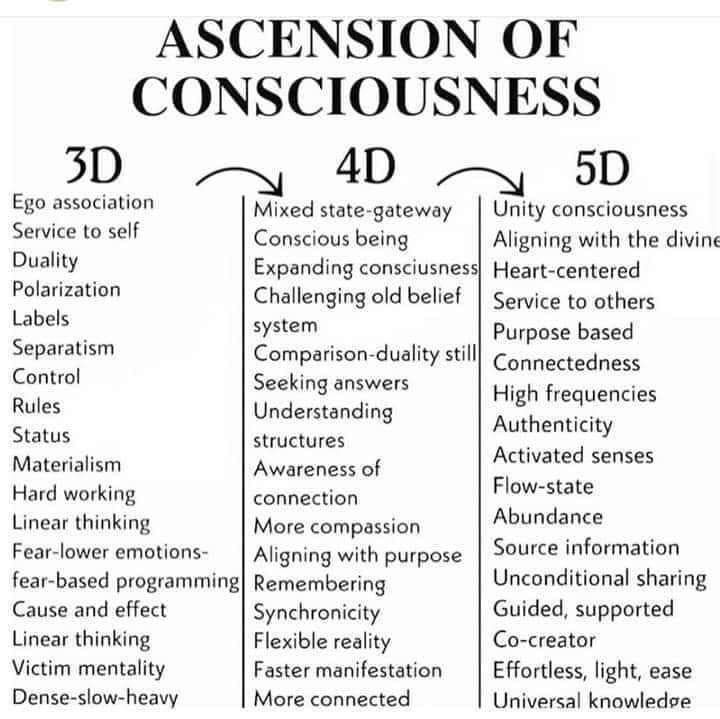
The Little Secret of Spiritual Practice – AWAKENING IS ABOUT LETTING GO OF HOW WE PERCEIVE OUR WORLD.
The little secret of spiritual practice is that confronting the true nature of our self can be terrifying. For those of us who engage in spiritual practice, it is common to struggle with facing our existential fear. This is not the kind of fear that is necessarily derived from the past or from a traumatic event; it comes from a place inside of us. It is that sense within consciousness that we have met an immensity of the unknown or the infinite, and in our fear, we grasp onto our egos.
Ego, broadly speaking, manifests in three parts of our being: conceptual, emotional, and rudimentary. We experience conceptual ego in the mind as images, ideas, beliefs, and judgments. It is intellectualized.
When we wake up from that conceptualized ego, our sense of self is no longer found within the matrix of thinking—it is no longer found in what we have been taught or in an image of what we believe. Letting go of conceptual ego is like waking up from a dream; we no longer identify with what we “know” to be true.
The second, more interior form of ego—emotional ego—is held and felt within our chests. I think of it as the North Pole of our ego compass, for when we connect to emotional ego, we feel oriented and like our true selves.
However, this is not always something positive; some egos feel most normal when they are in a negative state—angry, anxious, or ashamed, whatever part of the spectrum of emotional experience is most familiar.
We may have woken up from the conceptual ego, but we can still get stuck in the emotional. When we can realize that “I am not those feelings,” we will release from the emotional identification with the self. When we do this, there is a freedom from all types of emotional ego:
positive, negative, and neutral.
The conceptual and emotional ego orbit around the third part of ego. which is the deepest—what I call “rudimentary ego,” rooted down in our belly. If it had language, the language would be a great, big, cosmic “No! No to life, no to death, no. no, no …” We can be in a state in which we’re experiencing no real threat at all, but if we bump into this core level of ego as we’re meditating, we may feel an irrational sense that our self will be annihilated. This is the place of existential fear. It is not a fear of death, it is not the fear of getting hurt, but it is the fear of annihilation, of nonexistence, and of not being. When people connect to this fear and talk to me about it—especially of the existential immensity of the infinite or terror of the unknown—they often unconsciously put their hand on the lower part of their belly, because that is the place in the body from which the fear is generated and where it’s felt.
The idea of letting go of that contracted, rudimentary fear can seem dangerous. Envision your rudimentary ego like a clenched fist of self. If you imagine a hand making a fist and then releasing it, the fist has been annihilated. At the gut level, this ego is the experience of a contracted void, or a contracted state of emptiness. For this contraction to give way, so that we may be free and know God, we must access something deeper and more fundamental than instinct.
In Zen, this is called “the gateless gate” that we pass through as we reach spiritual milestones or shifts. It is “gateless” because all that is happening is that contractions are released, as there was never anything there to begin with—we created the gate in our minds—and we will be annihilated, but not in the way we fear we might. Once we have passed through the gateless gate, once we have unclenched the fist of rudimentary ego, we can access something deeper than instinct and go beyond existential fear. We can have a million and one spiritual experiences and still hold our egoic identity intact, but when we truly awaken, we transcend at least part of the ego structure. However, that does not mean that it won’t reformulate itself and manifest in a new way. Sometimes it does; sometimes it does not.
Moving past our existential fears is about seeing through this deep aspect of ego, freeing our consciousness to connect with its own infinity, emptiness, void nature, and nothingness. Letting go of the ideas held in the mind and the emotions held in the heart is one thing, as we know this does not mean we will never think or feel again.
But we can awaken on both these levels and still have our gut rudimentary ego intact, and this existential level of self can keep us in a place of fear. What happens if we unclench the fist of the ego and the self? Some people are afraid they will go crazy —it is a dread of loss of control. It is not a good idea to push through that kind of fear; it is most wisely dealt with when there is a sense of readiness.
As our spiritual practice develops, however, we come to recognize that the only thing that will be annihilated is our clinging to the self, we learn to access the deeper place, and it feels good to let go. We realize this clench of fear was a gateless gate and a contraction within consciousness. Imagine the rudimentary ego structure as a contracted fist again: as it is released, nothing is lost, because there was not anything there to begin with. The ego was contracted consciousness, that is all, so nothing is gained or missing.
Only once we have passed through this gateless gate can we understand ego was not a thing to begin with; it was a nightmare of consciousness generated by our mind. The devouring void, the nothingness, and the feeling of impending annihilation have no tangible reality when we unclench the fist and uproot the structure of self —when we wake up. But even though we may have woken up from our ego dream and seen the other side of the gate past ego and resultant fear, the self is still there waiting for us to come back from our transcendent vacation. That is why we must uproot ego from the core of consciousness.
Moving beyond ego rarely happens in a first awakening experience—it takes time and practice—but the more levels of ego we see through, the more we find. They may be easier to deal with when we see ourselves as outside them and as not being defined by them, but nonetheless, a deep and powerful spiritual awakening does not automatically mean that the ego is eliminated.
At the beginning of this chapter, I called this experience of being stuck in a place of fear of annihilation “the dirty little secret of spiritual practice.” It is a dirty little secret because it is not discussed openly, even though it is a common experience. Whenever I talk about it, people inevitably respond with, “Oh, my gosh! I am glad you mentioned that.
That fear is happening to me!” It is not a good sales pitch to mention that the enlightenment part of the divine journey might include going through existential terror or facing annihilation. That is not something you put on a book cover to attract people, but the truth is, it is part of most people’s experience. Uprooting the ego structure is the end of its world and the end of perceiving life through that psychological mechanism.
Afterward, we do not encounter reality the same way, we do not see self the same way, and we do not see others the same way. Things are different, even though nothing has changed—it is the exact same world with all of us bumbling around in it. Awakening is about letting go of how we perceive our world. What we realize—what we get in return—makes what we have lost seem like nothing. Most of what we lose is what led to suffering in the first place. So even though we can call it a loss, it is not one we are going to lament. The good news is there is nothing to be afraid of.
To LEAVE ALL OF EXPERIENCE TO ITSELF IS MEDITATION
Meditation is most often approached in terms of technique—what we do when we meditate. There are countless variations, and anybody who wants to know how to meditate can find instruction in my other books or in lots of places. But what is meditation, really? What is the meditative mind? What is happening when we enter the meditative mind in an authentic way? One of the first and most powerful aspects of meditation we encounter is its honesty: we are sitting down and facing ourselves. When you are in a quiet space free of external disturbances, like the television or conversation, you are alone with yourself. You can have all sorts of fancy spiritual ideas—we all do—but when you are sitting still and being quiet, it is like gazing in a mirror: you are seeing yourself. When we meditate, what we are doing (at least initially) is noticing the contents of our mind and of our consciousness.
Coming to see the nature of our mind is the aim of meditation, but it is also one of the unsettling things about the practice. We harbor the illusion that we direct our lives and minds, control how we feel and think, until we sit down to face ourselves in silence. This can be humbling, because most human beings do not know how active, uncontrollable, turbulent, and unpredictable the mind is until they take up meditation.
Most of the time, the mind is generating thoughts of little or no importance; it is as if your mind is entertaining itself.
When the average person walks down the sidewalk, you cannot see their lips moving, but odds are they are having an internal conversation with themselves, as if there were two of them—one talking and the other listening.
There cannot be two of anyone, but it feels like that when we are lost in the internal dialogue. Most forms of meditation are a way of helping us focus awareness on something other than the normal, chaotic state of mind. We enter it in a state of innocence, then we see we have a mind that is noisy—the first layer of conflict—and then our mind is telling us that it should not be so noisy, which creates its own secondary layer of conflict.
The first time I ever meditated, I had no idea what was supposed to be happening or not happening. Because I had no idea, I was not adding on to that secondary layer of conflict, which is hying to get beyond the first layer of conflict—what is already there in the mind and the body. Meditation is an attempt to connect with a deep part of our being that is not defined by the narration of the mind.
Nor is it defined by the turbulent emotional waters that one sometimes meets in meditation. In its deepest sense, meditation is an encounter with the silence of your being.
This is the heart of meditation: it is a willingness to be with silence.
Silence is not a big part of our cultural conversation. Instead, we are sold ever-better ways of distracting ourselves and convinced that we cannot do without our gadgets. Notwithstanding the practical uses, technology can become another means of creating chaos and disruption. If we are on social media, the room around us may be quiet, but we are not in a place of silence.
Silence can be disquieting for a lot of us. It can feel strange if you are not used to it, which is ironic, because so much of the activity of nature—of which we are a part—occurs in silence. That is why people like to go for a walk in the woods or somewhere else where they can get away from the hustle and noise of human life: it is a way of entering silence. Meditation is a focused way of doing this.
The challenge is that when you start to pay attention to the silence within, that is when you hear the noise, and that is where many people engage in a subtle or overt battle with the chaos of the conceptual mind and with the images of the past or future. However, meditation has nothing whatsoever to do with controlling your mind.
As a teacher of mine once told me, “If you go to war with your mind, you will be at war forever.” What would it mean not to be at war with our minds, with our feelings, and with ourselves? If you are not careful, meditation can become a spiritual competition—not with someone else, but between the desire to be still and the movement of mind. To be in competition is not meditation. To try to constrain all the disparate thoughts in your mind through concentration is not meditation; it is concentration.
Meditation is a deep state of listening. That is the heart of it: listening to the quiet places, but as you do so, hying not to assert your will or make your mind conform to a certain pattern, whether to quiet it or to force thinking or not thinking along certain lines. In meditation, what you are doing is letting go of all forms of conflict and allowing every single part of experience and every single perception to be exactly as it is, because it already is right.
